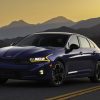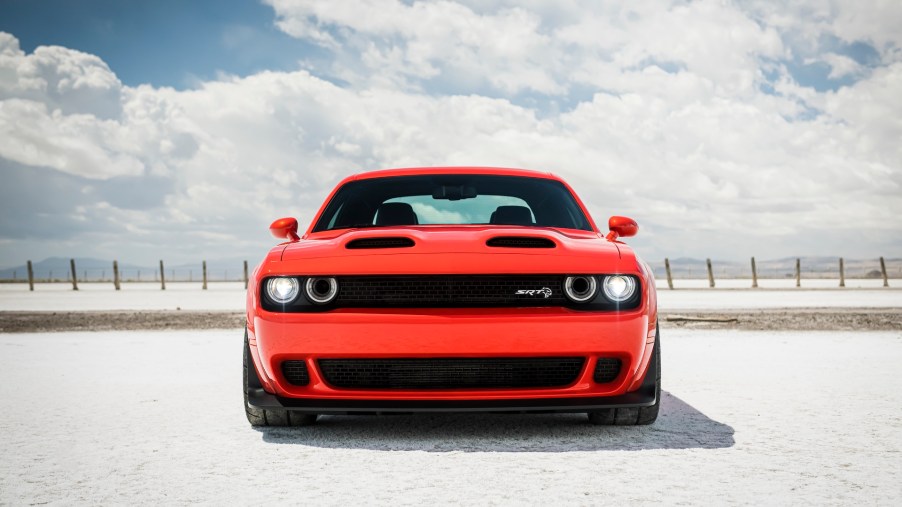
Stellantis Disbands SRT Team – Are Performance and Hellcat Models Dead?
Stellantis and its CEO Carlos Tavares are doing some serious restructuring across various brands. A new report indicates that the famous SRT team that developed the ultra-powerful Hellcat models has been “disbanded.”
However, before we jump into the land of doom and gloom, there is hope that these powerful machines will carry on into the future. According to Mopar Insiders, the team tasked with creating these performance models will be absorbed by the greater “global engineering organization.”
What does the SRT team do?
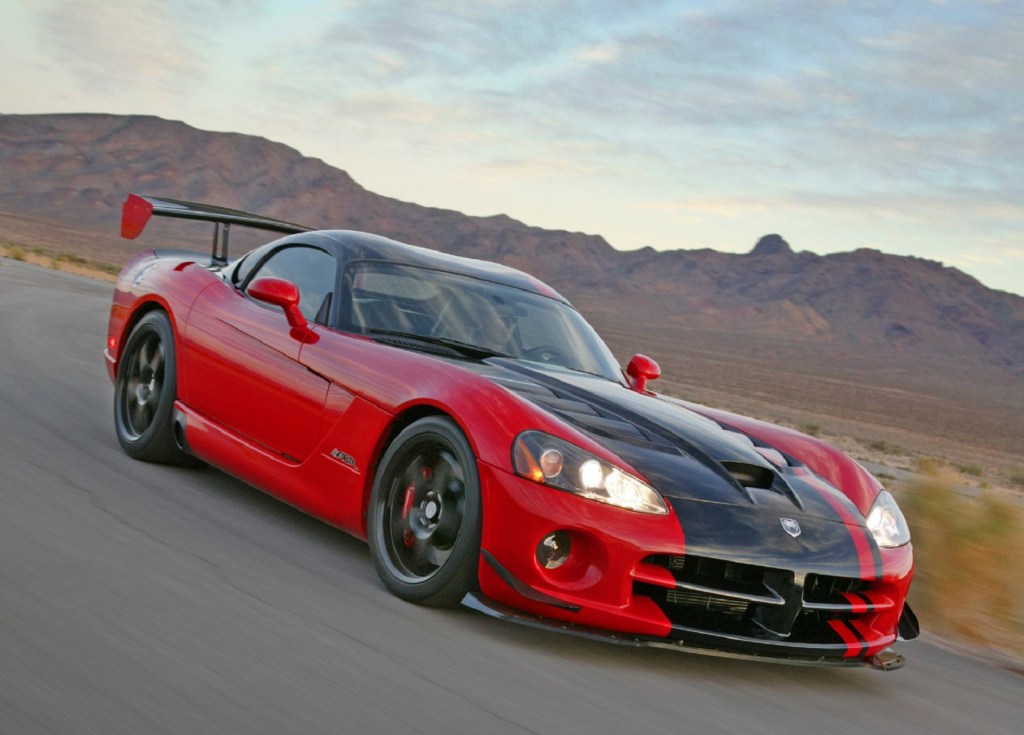
The SRT or Street and Racing Technology team can trace its roots back to 1989. According to Mopar Insiders, the team was initially called “Team Viper” since they were given the tall task of bringing the front-engined V10-powered sports car to market. Additionally, Mopar Insiders report that the team also went on to develop the Plymouth Prowler.
In 2004, the team received its current SRT name, which is why we still see its badge on brand-new Dodge, Jeep, and Ram products. However, Mopar Insiders report that in 2012, these performance models went on to become a separate premium performance brand. The first vehicle under this new brand was reportedly the 2013 SRT Viper. Following a bit of scrambling, the brand was eventually absorbed by Dodge in 2014.
These days, the SRT is plenty busy developing, sticking the supercharged 6.2-liter Hellcat engine into just about anything, including massive SUVs. However, things might change soon, thanks to restructuring and pressure to electrify specific models.
Why did Stellantis pull the plug?
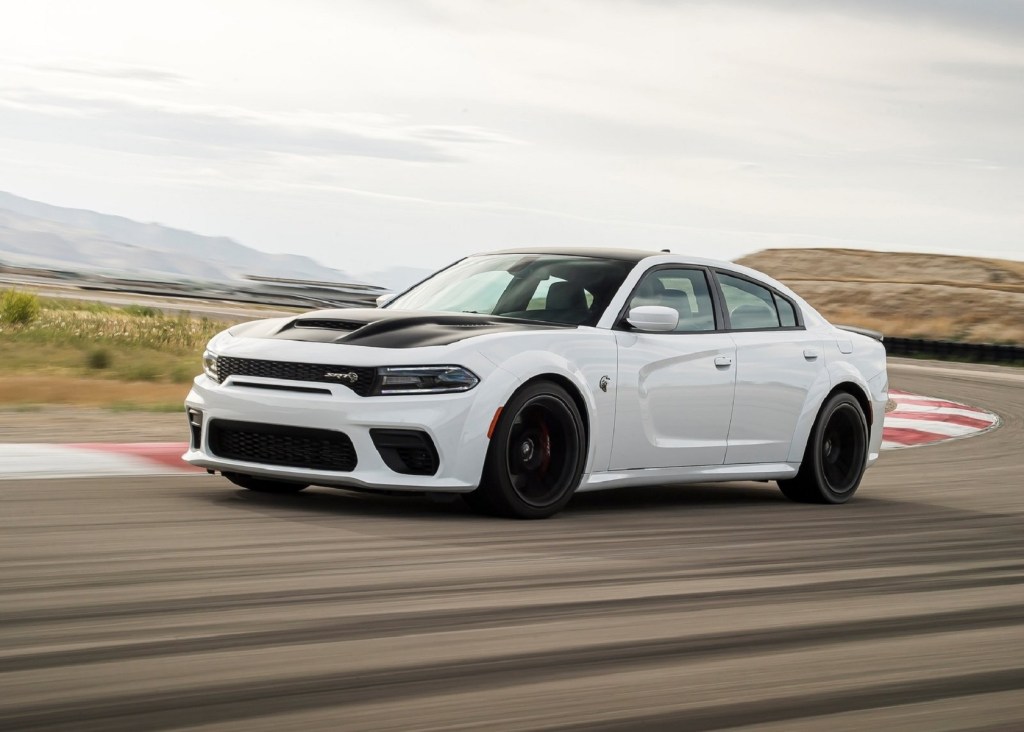
While it may feel a bit somber to hear that such a pivotal team has been “disbanded,” the members of that team are not going anywhere. According to Mopar Insiders, the SRT team’s disbanding means that those engineers will now work on other projects across the various Stellantis brands. This could result in greater performance-oriented benefits for everyday non SRT vehicles soon.
However, at least at the time of writing, it seems Stellantis hasn’t pulled the plug on these performance and Hellcat models. That comes largely to the fact that these SRT models sell very well. Take the sold-out Durango Hellcat, for example. As a result, Mopar Insiders reports that the plan is to continue offering these products with the current SRT branding.
Unfortunately, this statement by Stellantis isn’t precisely the massive sigh of relief enthusiasts have been waiting for. A few weeks ago, Dodge CEO Tim Kuniskis stated that the days of the Hellcat V8 are numbered. The CEO cited that the future of the brand will likely rest with performance-oriented EVs.
Are performance and Hellcat models under threat?
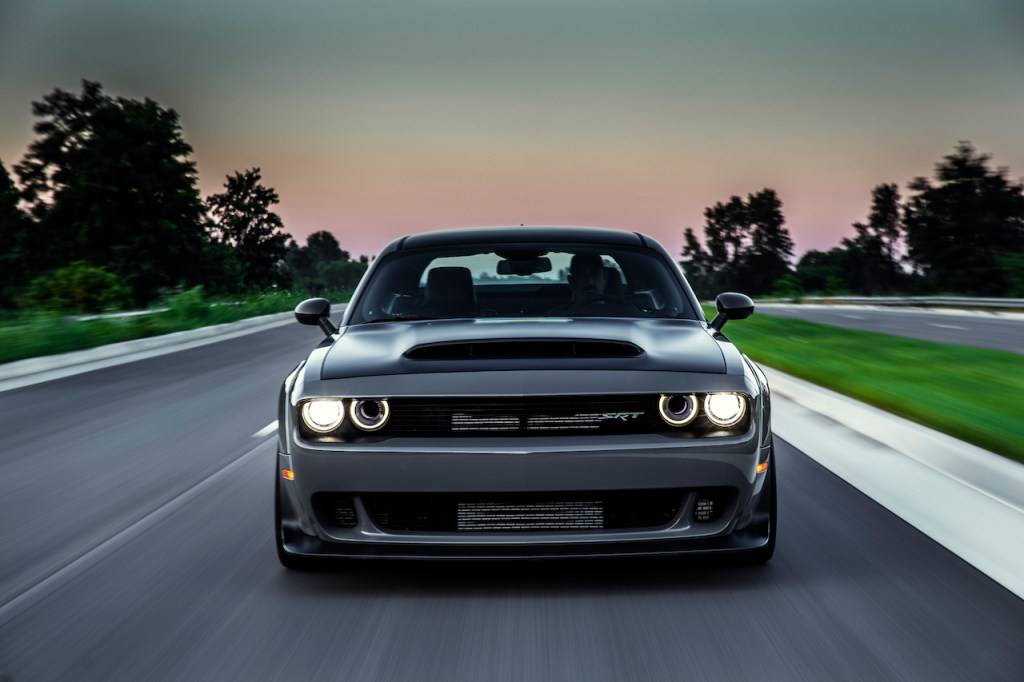
As it stands, it seems SRT and Hellcat models will carry into the future. However, that doesn’t mean they won’t undergo massive changes to remain relevant. In that same interview, Kuniskis also stated that electric and hybrid vehicles have great performance potential. Given how many fast Tesla models we’ve seen, there is certainly a case for a Hellcat EV.
On the bright side, it does mean that these muscle cars and powerful SUVs will carry on and only get faster as time moves on. Thankfully, it seems this SRT restructuring isn’t the end, just yet, at least.
